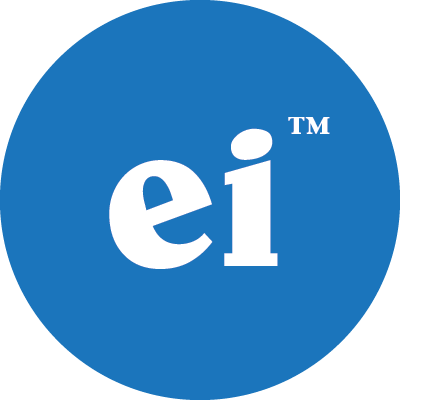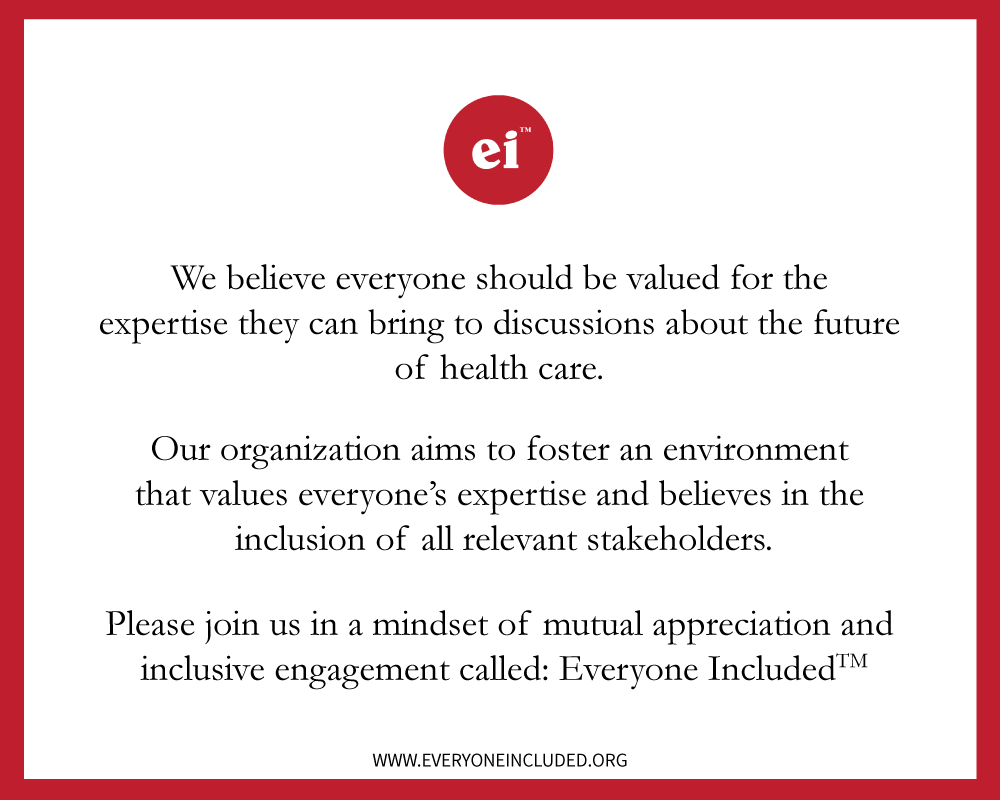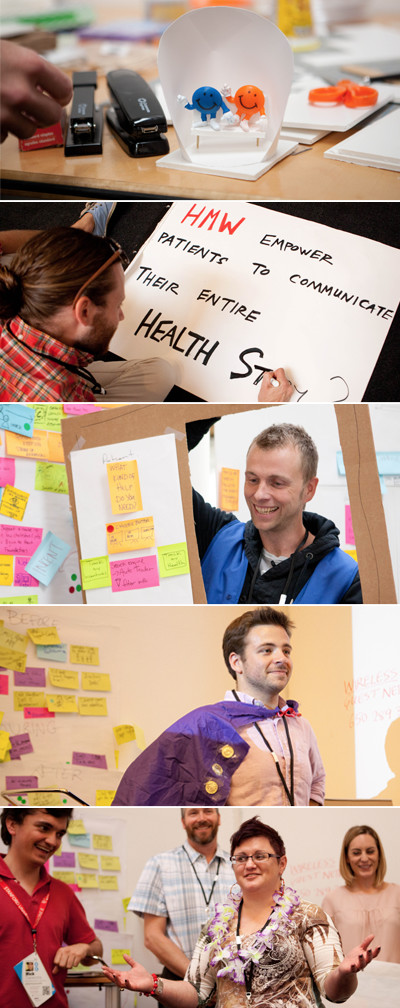Stanford Framework for Convenings

The Stanford Framework for Convenings
Sign Charter and Obtain an Event License
Frequently Asked Questions (FAQs)
Frequently Asked Questions (FAQs)
Here are some frequently asked questions (FAQs) about the Stanford Medicine X
Framework for including everyone in medical meetings.
What is the Stanford Framework?
The Stanford framework is not a simple checklist for patient inclusion.
It is a framework to create meaningful patient partnership in health care and is composed of our Everyone Included™ declaration of mutual respect and inclusivity, along with a series of design principles, implementation aids and charter guidelines. The framework is intended to help entities build value through partnership with all stakeholders in health care. This includes the view of patients as experts in the experience of their conditions and in their interactions with the health care system. The Stanford Framework builds off Everyone Included™ principles of mutual respect and inclusivity as drivers of health care innovation.
Our Stanford Framework for convenings was co-developed by the Stanford University Medicine X program with a board of epatient and caregiver advisors as well as interdisciplinary health care providers, technologists and researchers over a five year period. It has been iteratively tested and prototyped at the world’s leading patient-centered medical conference with participation from over 100 patient and caregiver participants recruited from around the world.
How might my organization benefit from using the Stanford Framework for convenings in our events?
Medical events are convened to drive improvement in health care through the creation of networks of domain experts, sharing of information, creation of collaborations, and thoughtful challenging of conventional thinking. Patients can make important contributions in all of these areas.
Well planned patient partnership brings value to medical convenings by helping everyone understand the issues and problems that matter most to patients, caregivers and their families. Patients bring empathy to discussion of the clinical care of patients, and widens the research agenda to identify domains that are important to patients. The active participation of patients also helps promote cultural change in medicine towards a productive collaboration with patients in health care design, delivery, education, research and practice.
Other important stakeholders can also contribute value to events, including
Who might best utilize the Stanford Framework?
The Stanford Framework is intended for all organizations that seek to build value and enhance the expertise of their programs by including patients and caregivers as partners in their work. The Stanford Framework is designed to accommodate entities of any size and diverse resource settings. Anyone who wants to build value through partnering with patients and caregivers might utilize the Stanford Framework.
How was the Stanford Framework developed?
Toggle content goes here, click edit button to change this text.
Has the Stanford Framework been validated or tested?
The Stanford Framework has been iteratively prototyped and tested over five years through design challenges, workshops, research projects and convenings by the Medicine X program at Stanford University.
Over 100 patients from around the world have participated in our Everyone Included™ programs. Each participant has provided program feedback and evaluation as part of a continuous quality improvement program.
How can I implement the Stanford Framework?
You may sign a declaration showing your support for Everyone Included™, our model of mutual respect and inclusivity as a framework for health care innovation on this website.
We are also creating a series of charter guidelines, design principles and implementation tools for a variety of domains in health care. We are starting with our Stanford Framework for convenings, which is published here on this website.
Future Stanford Framework domain initiatives include: medical research and publishing, health care service innovation, industry participation, award and funding programs.
Everyone Included™ Declaration

At the heart of the Stanford Framework is a declaration to nurture an environment that values everyone’s expertise and includes all health care stakeholders in conversations about the future of health care. We call these ideals our Everyone Included™ vision for health care innovation. We ask those seeking to use the Stanford Framework for their medical event to endorse Everyone Included by sharing our declaration in event proceedings or reproducing our seat/table cards for use at your event.
By sharing your support for the Everyone Included™ you signal the importance of an environment that values everyone’s expertise and includes all relevant stakeholders in the culture of your organization. Our declaration is intended to create a shared model amongst all team members to engage in meaningful dialogue through a framework of mutual appreciation and valuing of expertise and inclusivity amongst all stakeholders.

Stanford Framework for Convenings – Charter Guidelines
Everyone Included inclusivity model describes various tiers of patient and stakeholder inclusivity at medical conferences. It provides a framework of shared commitment of Everyone Included conference organizers to work toward Tier 4 integration while recognizing and attributing the actual implementation tier of each individual conference.
The guidelines for various tiers of inclusivity that define Everyone Included™ events under the Stanford Framework are presented below. Please bear in mind these are general guidelines and represent minimum expected commitments in each tier.
- Overall Inclusivity Engagement
- Attendance at event
- All sessions open to patients
- Patients speaking
- Patient Scholarships
- Co-design with Patients
- Planning Event
- Peer-review of program content
- Accommodation of Needs
- Financial support to attend
- Disability accommodation
- Virtual participation
- Educational and Mentorship
- Peer-to-peer mentorship
- Pre-event orientation session
- Post-conference support
- Interprofessional Involvement
- Involvement in planning event
- Student scholarships
Tier 1
Initiation
- Low
- 1
- Yes
- None
- None
- None
- None
- None
- None
- None
- None
- None
- None
- None
- None
Tier 2
Involvement
- Some
- 1
- Yes
- 1
- 1
- None
- None
- As practicable
- As practicable
- None
- None
- None
- None
- None
- None
Tier 3
Inclusion
- Moderate
- 2
- Yes
- 1
- 2, as practicable
- 2
- None
- 2, as practicable
- As practicable
- As practicable
- None
- None
- None
- None
- None
Tier 4
Integration
- High
- 10%
- Yes
- At least 20%
- All
- 25%
- Yes
- At least 50%, as practicable
- As practicable
- Full Support
- Yes
- Yes
- Yes
- Yes
- Yes
Framework Design Principles

These design principles are intended to provide suggestions in implementing a framework of mutual respect and inclusivity in the design of your event. The intent of the Stanford Framework is not to create a series of “boxes to check,” but rather to provide you with design principles and tools that will enable you to create the most meaningful patient and stakeholder partnerships at your event.
Nuture an environment of mutual respect and inclusivity.
This can be accomplished by working to ensure that all stakeholders are respected for the expertise they bring to conversations about the future of health care.
- Adopt the Everyone Included™ declaration of mutual respect and inclusivity at your event;
- Use considerate leadership principles to demonstrate value and respect for each team member’s expertise;
- Ensure a balanced stakeholder team composition by including patients, caregivers, technologists, researchers and entrepreneurs throughout the conference design, prototyping, and implementation process
- Create an inclusive environment that supports individual respect and meaningfully seeks opinions of underrepresented voices in health care, in addition to those at the top of power hierarchies
Encourage human-centered co-creation of your event.
Create an environment that celebrates and encourages “being human,” and design around that concept.
- Place all stakeholders on equal footing with program creators to identify key conference themes, participate in speaker selection, and evaluate abstract submissions that have bearing on human centered issues .
- Identify problems that matter most and produce more innovative and creative solutions
- Be beautiful and tasteful by design through creating magical experiences that surprise and delight.
Encourage and support engagement and participation by and between all stakeholders.
Foster a diverse environment where openness and experimentation is the norm and stakeholders are encouraged to express and engage with their unique ideas.
- Build trust and respect in the community by treating everyone with the dignity that they deserve;
- Provide a stage where the hardest, most important stories can be told and heard;
- Lead as health care rebels- stand up for what you believe health care should be;
- Connect stakeholders with aligned interests to facilitate meaningful collaboration;
Investigate, determine, support and respect the needs of all stakeholders attending the event.
Create an environment that addresses the physical and emotional well-being of all members of a diverse team.
- Communicate with all stakeholders to meet their individual and unique set of personal financial, health, and wellness requirements, rather than generalizing and making assumptions about services needed;
- Research and incorporate pre-event considerations as practicable, such as providing financial assistance with traveling and accommodations;
- Extend the same level of respect and consideration to stakeholders who are unable to be physically present by exploring forms of virtual communications. This can include: visual participations such as free livestream, social media hashtag, video archives, and open access journal.
Design, create and provide educational and mentorship programs for all stakeholders attending the event.
Strengthen education and mentorship programs to develop scholars who can participate in and lead a conference’s Everyone Included™ efforts in subsequent years.
- Help participants learn how to collaborate and partner with providers, researchers and third-party stakeholders to fulfill the missions and goals of the conference organizer, hosting society, or institution
- Examples of such programs can include: peer-to-peer mentorship, advising, pre-conference orientation, educational and support activity on various platforms
Incorporate quality improvement and sustainability into all interactions and actions.
Ensure accountability by providing a platform for discussion and feedback.
- Consider metrics and outcomes that can help you assess the success of patient partnership in your programs.
- Have all participants evaluate the effectiveness of the way in which Everyone Included™ has been implemented and executed in your program.
- Engage social media platforms to encourage conversation between others not directly involved such as tweets and other forms of social media discussion.
Implementation Aids
The Stanford Framework is intended for all medical conference organizers who seek to build value and enhance the expertise of their events by including patients and caregivers as partners in the proceeding. The Stanford Framework is designed to accommodate meetings of any size and diverse resource settings. Anyone who wants to build value through partnering with patients and caregivers might utilize the Stanford Framework.